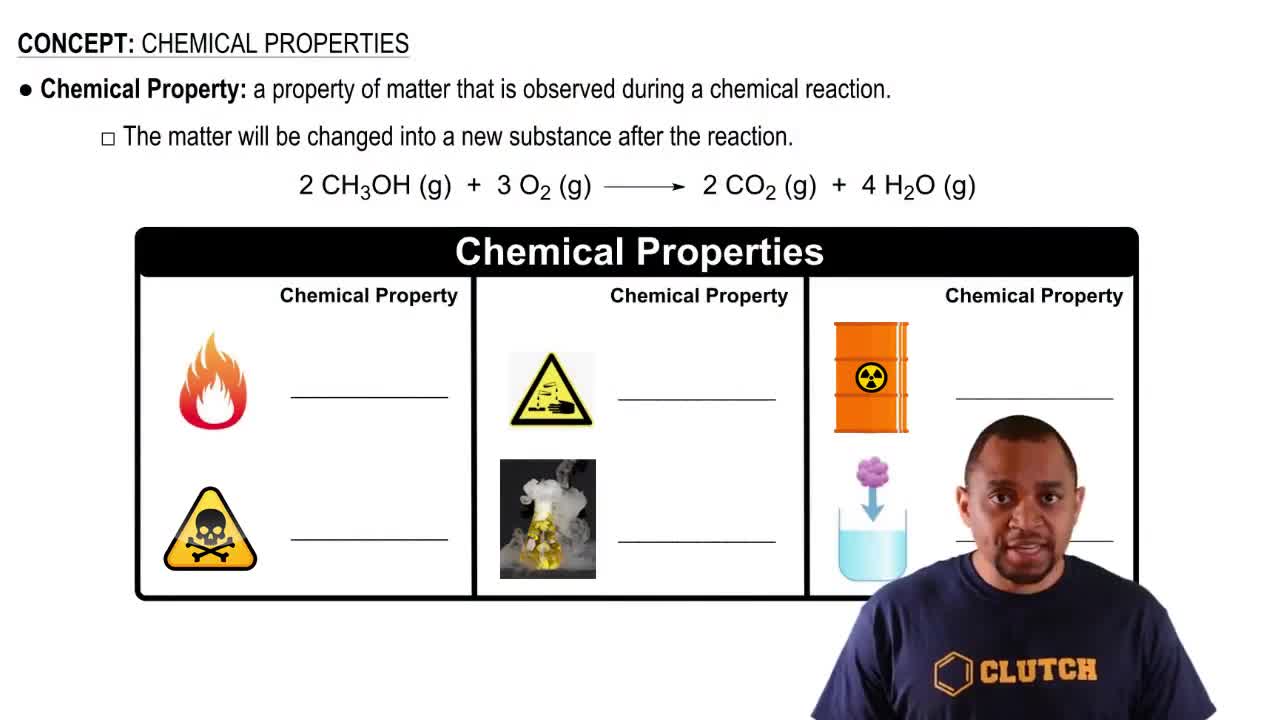Textbook Question
(c) Ti and Hf behave as though they possess the same number of valence electrons. Which of the subshells in the electron configuration of Hf behave as valence orbitals? Which behave as core orbitals?
691
views
 Verified step by step guidance
Verified step by step guidance



(c) Ti and Hf behave as though they possess the same number of valence electrons. Which of the subshells in the electron configuration of Hf behave as valence orbitals? Which behave as core orbitals?
Write the Lewis symbol for atoms of each of the following elements: (a) Te (b) Si (c) Ar (d) P
What is the Lewis symbol for each of the following atoms or ions: c. Sn2+
Predict the chemical formula of the ionic compound formed between the following pairs of elements: (b) K and S
Predict the chemical formula of the ionic compound formed between the following pairs of elements: (d) Mg and N